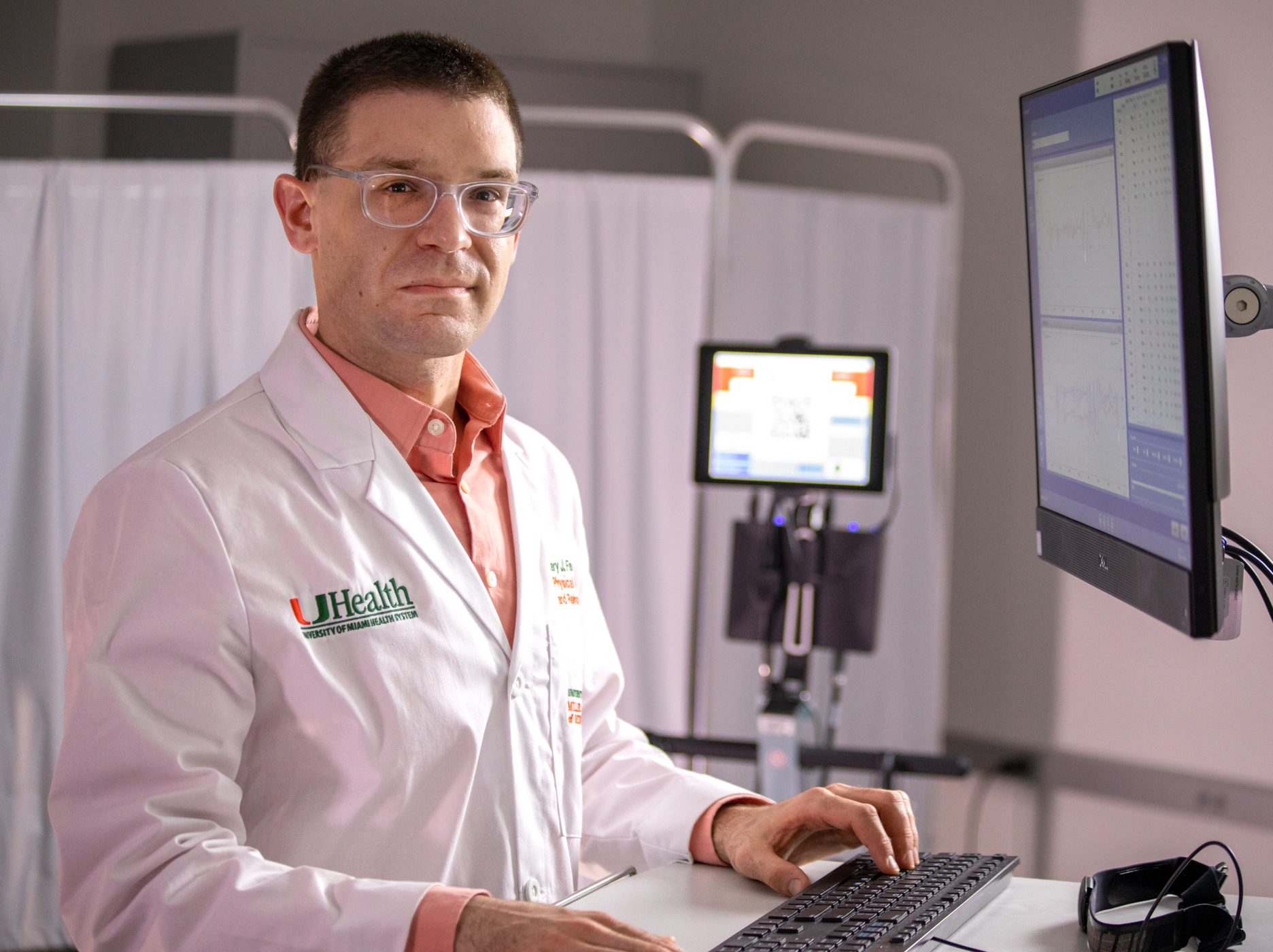Gary J. Farkas, Ph.D., Postdoctoral fellow from the Department of Physical Medicine and Rehabilitation, and colleagues from The Miami Project to Cure Paralysis at the University of Miami Miller School of Medicine recently published a manuscript titled Energy Expenditure and Nutrient Intake after Spinal Cord Injury: A Comprehensive Review and Practical Recommendations in the prestigious publication The British Journal of Nutrition. This paper drew attention from an international crowd of cross-discipline researchers. The results of the paper should serve as a template for dietary intervention studies and help those living with SCI and their caregivers implement a healthy dietary pattern in their daily lives.
“So much research focusing on cardiometabolic comorbidities after SCI state they should engage in physical exercise and follow a healthy diet. We have several exercise guidelines for this population, but what is a healthy diet for someone with a SCI? In our publication we answer that by providing concrete, practical recommendations for the everyday consumer that include foods to eat and avoid and appropriate times to indulge”, said Dr. Farkas, the lead author on the paper.
Because evidence-based dietary intake values for SCI do not exist, ensuring appropriate consumption of the necessary nutrients for their energy requirements becomes a challenge. Proper nutrition intake becomes a concern, especially for this population of people because many people living with SCI have one or more preventable chronic diseases related to excessive caloric intake, poor eating patterns, and a relatively sedentary lifestyle. The common intake recommendations were originally developed for the nondisabled population and did not account for the injury-induced changes in body composition, hypometabolic rate, hormonal dysregulation, and nutrition status after SCI.
The authors critically appraised dietary intake relative to energy need during the acute and chronic phases of SCI and compared the existing literature to authoritative dietary guidelines from several countries that target obesity, cardiometabolic risk reduction, and healthy living. They highlighted neurogenic obesity and cardiometabolic risk after SCI and evaluated aspects of energy homeostasis and appetite control relative to the injury. The team compared their data to several established nutritional guidelines from American Heart Association, Australian Dietary Guidelines, Dietary Guidelines for Americans, Institute of Medicine Dietary Reference Intake, Public Health England Guidelines Government Dietary Recommendations, World Health Organization Healthy Diet, and the Paralyzed Veterans of America (PVA) Clinical Practice Guidelines. The research team also provided targeted direction for future research by comparing existing literature on persons with and without SCI. Future multicenter clinical trials, including here at the Miller School with Dr. Farkas and Miami Project researchers, are needed to develop comprehensive, evidence-based dietary reference values specific for persons with SCI across the care continuum that rely on accurate, individual assessment of energy need.

